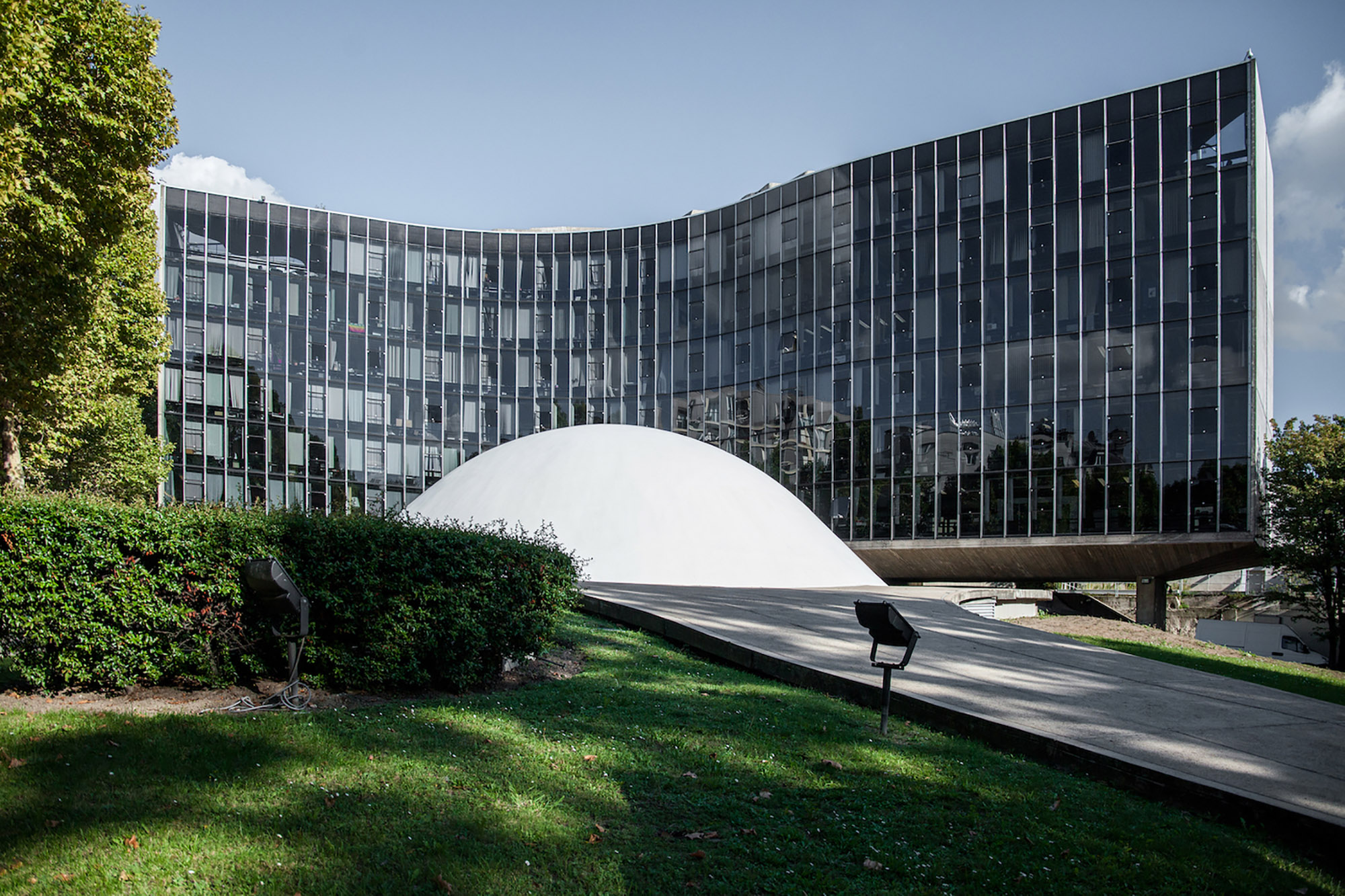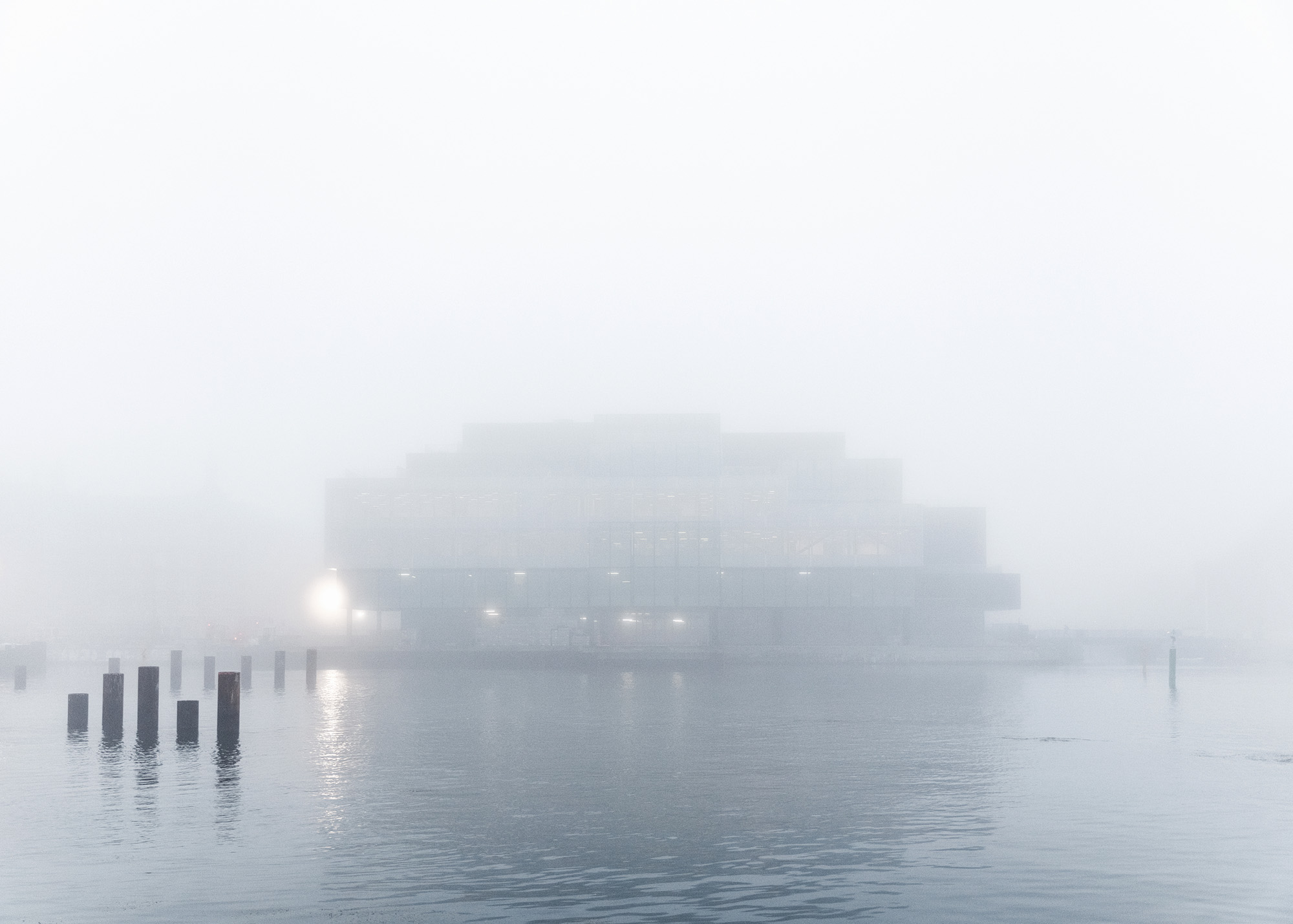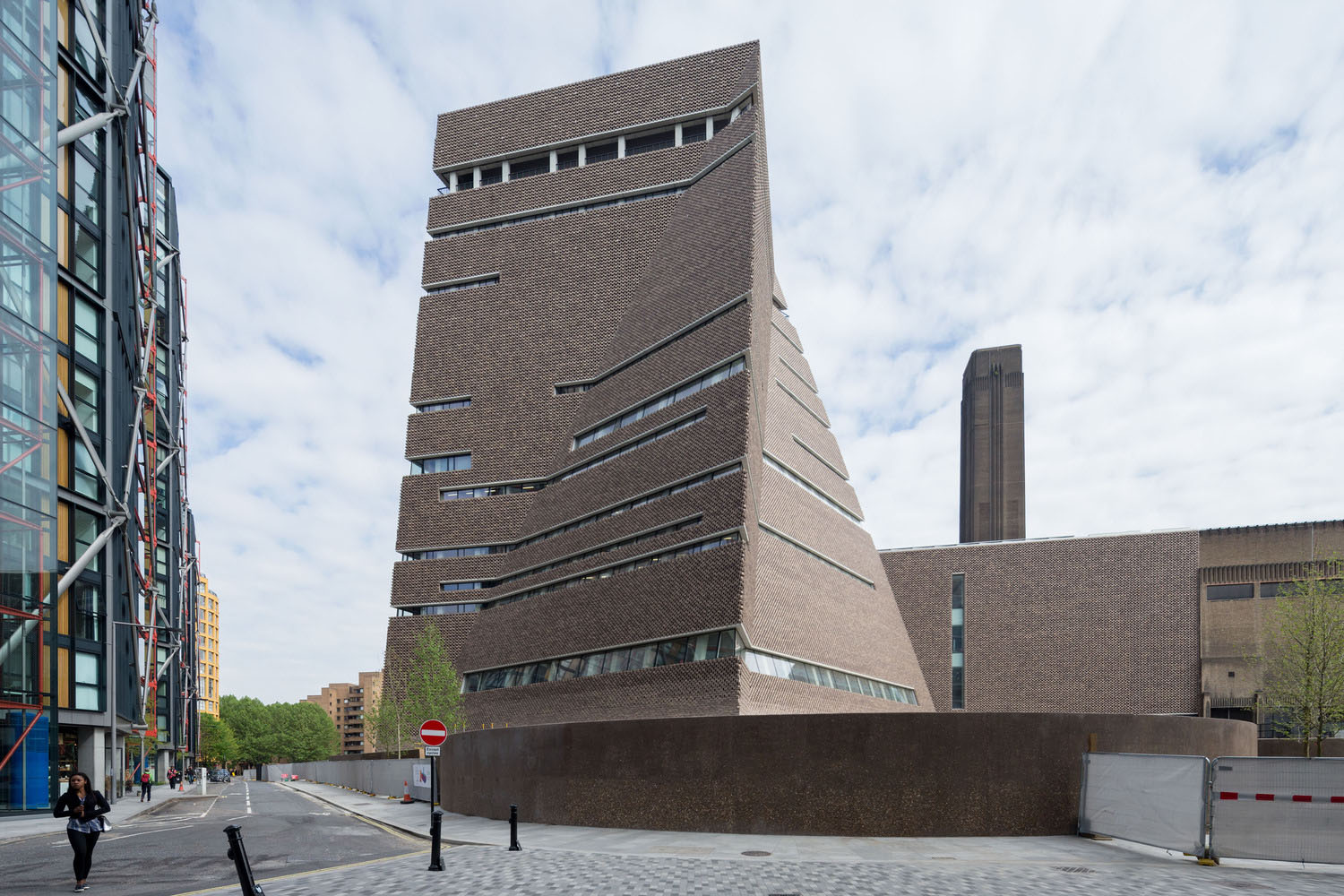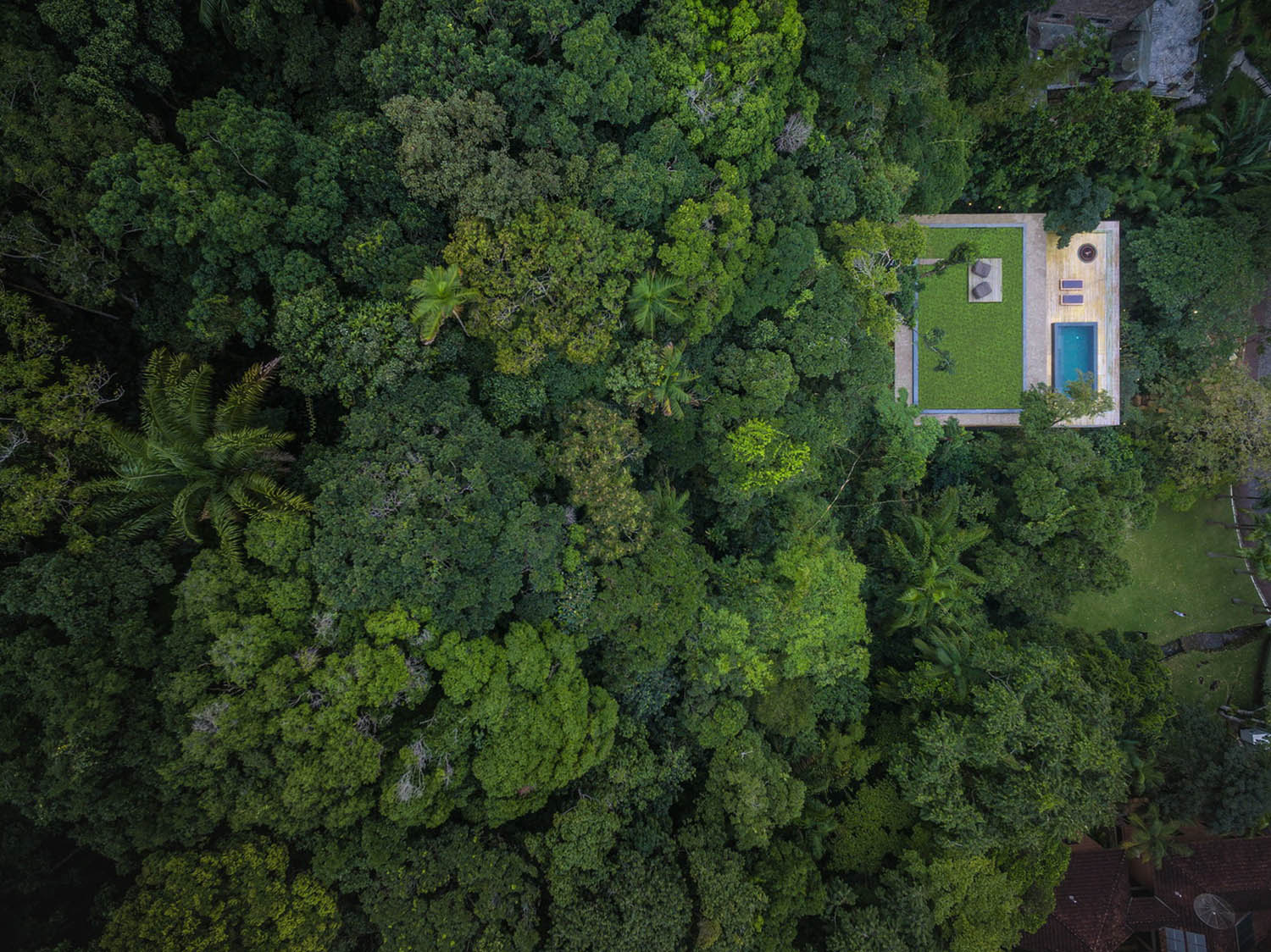Israel Museum design by James Carpenter Design Associates #architecture



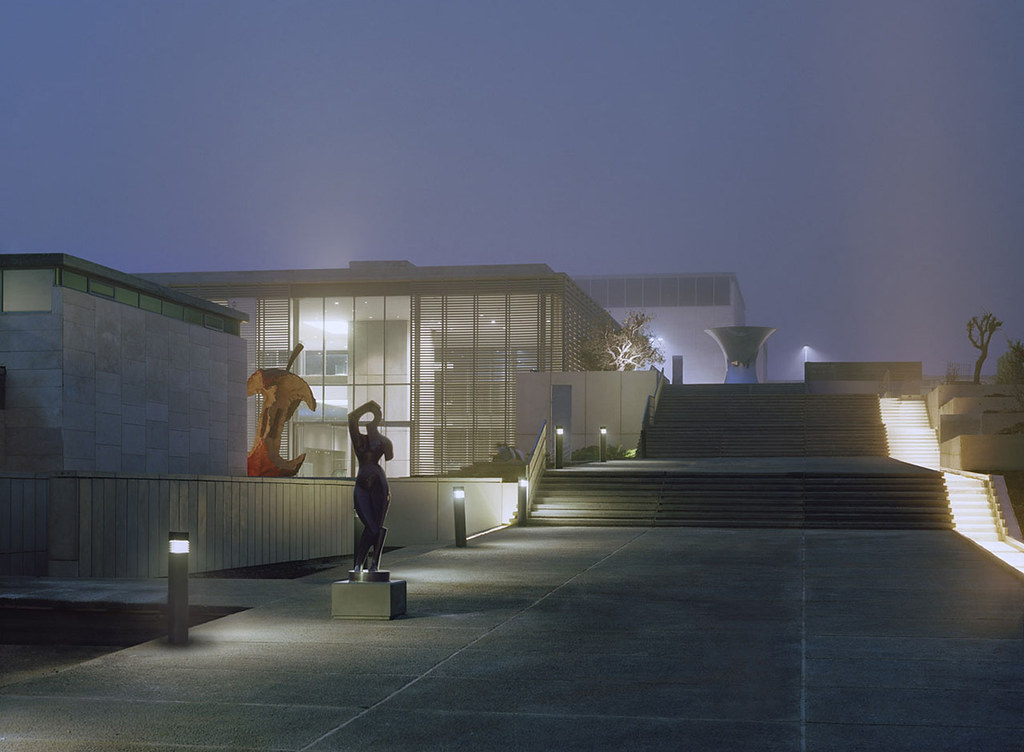




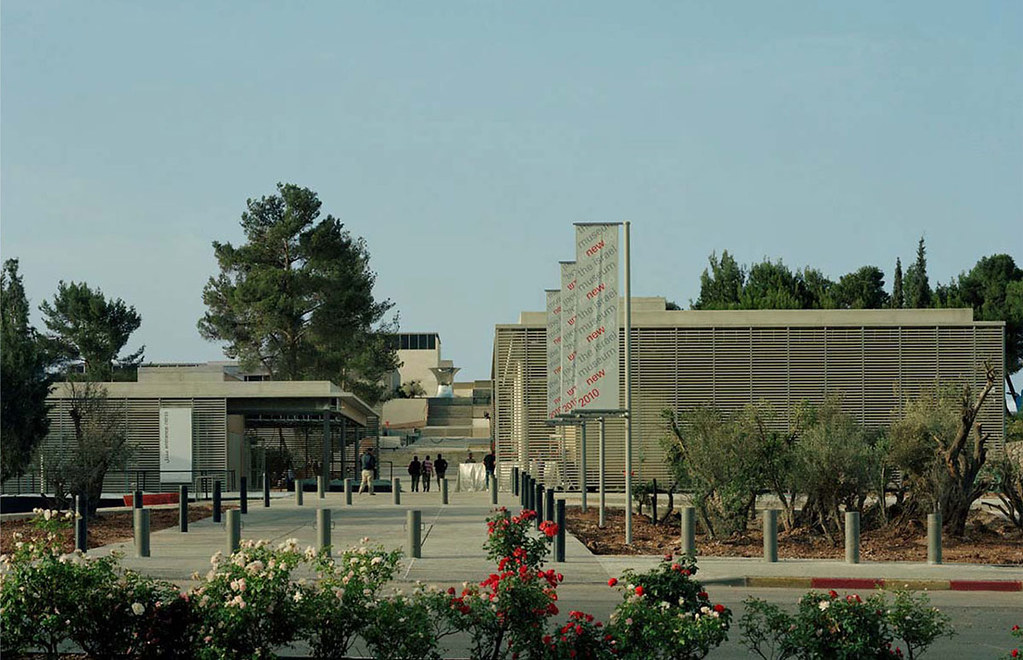

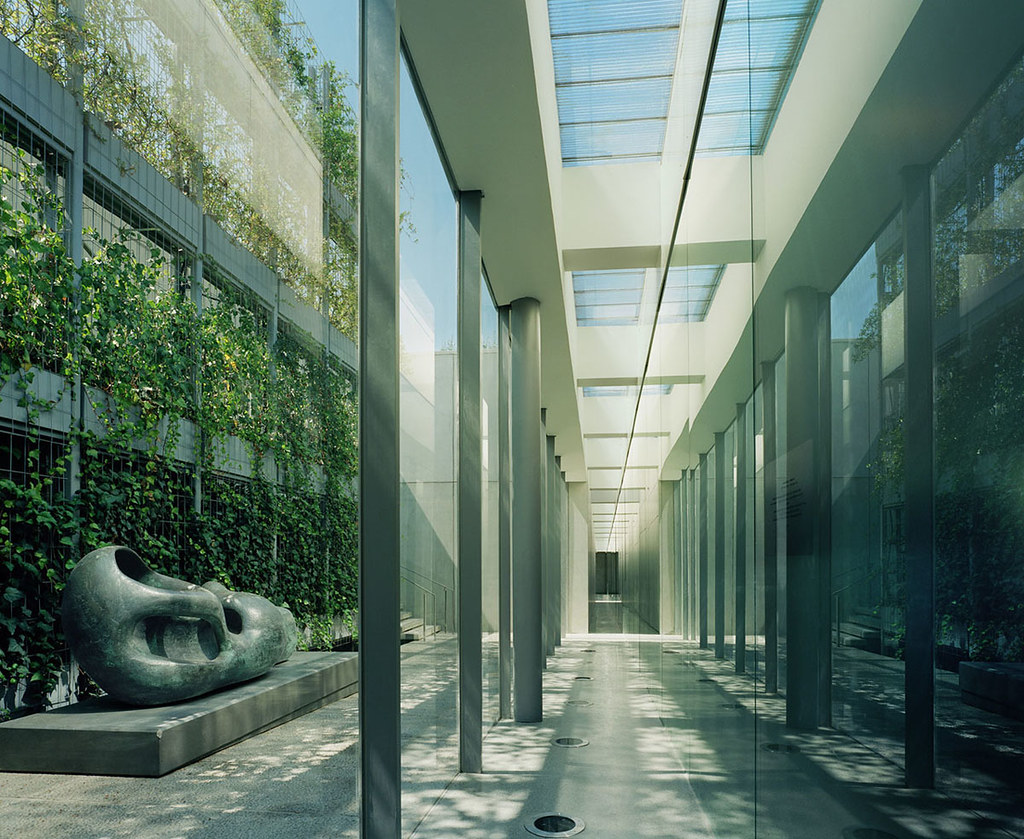










Architects: James Carpenter Design Associates
Location: Jerusalem, Israel
Production Architect: A. Lerman Architects Ltd
Area: 8820.0 sqm Year: 2010
Photographs: Tim Hursley, Courtesy of James Carpenter Design Associates, Reid Freeman
Structural Engineers: J. Kahan & Partners
Lighting Designer: Tillotson Design Associates
Graphics: Kasher Visual Communications
Landscape Design: West End Architects and Environmental Planners
Project Management: Nizan-Inbar General Contractor: Danya Sebus
James Carpenter Design Associates led the reorganization, expansion and new construction of The Israel Museum, Jerusalem, while Efrat-Kowalsky Architects was responsible for the renovation of the museum’s existing buildings. The expansion involves new construction (~95,000 sq. ft.), the reorganization of visitor circulation, Entrance Pavilions and a Gallery Entrance Pavilion improving visitor accessibility. The renovation of the existing museum galleries comprise of ~100,000 sq. ft. The particular quality of light in Jerusalem, a product of longitude and latitude, climate, geography and topography, is unique. We believe that integral to the experience of place, is the experience of light and, in view of its cultural history, the particularities of light in Jerusalem is evidently powerful.JCDA’s approach to the renovation and expansion of the Israel Museum was to merge our careful consideration of light in the landscape with a rigorous attention to the existing built environment. Initial visits to the museum established the need to re-connect the existing, and quite extraordinary, garden by Isamu Noguchi with Alfred Mansfeld’s regional interpretation of Modernist architecture. A guiding principal was to dissolve the barriers between the garden and the campus’ building interiors and to transform the problem for a museum of the intense light conditions of the Mediterranean, into an opportunity to integrate a sensory experience of light. Our design organizes and inserts light and light information into the new architecture. This light information specifically embodies the quality of light found within the campus landscape and is used to activate the Entrance Pavilions, the Gallery Entrance Pavilion and the major below ground passage connecting the two – the Route of Passage. The experience of light is particularly powerful within thresholds, and JCDA’s strategies for light were deeply informed by the idea of separating the building envelopes into two components: enclosure and shade. These components support the experiential presentation of volumetric light and views while moderating the sun’s intensity. The relationships between these two components were also carefully modulated to create a sense of passage through the built architecture and across the campus. The shifts in the depth of facades are adjusted, even stretched to transform them into shaded exterior passages. The play of transparency and opacity responds to both north/south and east/west exposures and is sometimes interrupted to frame views of important elements in the landscape and campus. The spatial experience of the decentralized campus becomes simultaneously intuitive and sublime. Drawing from the encyclopedic nature of the institution’s collections, JCDA has created a journey through the museum’s public and interstitial spaces that progresses intuitively and creates a sense of discovery. Volumetric light is the organizing principal for this passage through the museum and articulates Mansfeld’s Mediterranean hilltop village ideal through selective transparency. JCDA has reinterpreted the sensuality of narrow alleys and sunken oases by creating a defined arrangement of spatial experiences animated by phenomenal light. By carving out a vertical volume at the Gallery Entrance Pavilion, it was possible to create the Route of Passage below the existing Carter Promenade, which would lead visitors from the museum’s entrance complex to the Gallery Entrance Pavilion along a slightly inclined and comfortably conditioned space, and into the Gallery Entrance Pavilion’s lowest level. The original Carter Promenade was envisioned as a processional experience that would define the overall experience of the museum and the Route of Passage maintains the experiential sense of progression and arrival within the Museum’s heart. Despite being below the ground plane, the Route of Passage is a luminous and active experience. As in a sunken oasis, the passage is protected from the direct sun, but daylight filters into the space at intervals marking one’s passage along its length. The concept was to transpose a sense of depth within a luminous atmosphere. A sequence of narrow courtyards along the Carter Promenade above connect the promenade and Route of Passage. Plant walls above and plantings in the courtyards moderate the quality of light before it is captured by the slightly diffused glass of the passage. The dark surfaces of the terrazzo floor and cast ceramic wall panels reflect light generating subtle shades of grey, while the dramatically animated light captured by the acid-etched glass further gives a sense of repose and heightened observation preparing visitors for the experience of passage through the museum’s encyclopedic collections. The water feature runs the length of the Carter Promenade. Cast glass with a prismatic profile creates enough turbulence to control the flow of water while directing kinetically animated light through the water feature and down into the slot between the Route of Passage’s diffused glass wall and the exterior retaining wall. The retaining wall is clad with matt white terracotta panels, reflecting light onto the diffused glass wall. The sound of the bubbling water also activates the tranquil spatial experience of the courtyards creating an aural connection between the below ground Route of Passage and the Noguchi Garden. The water feature follows the combination of steps and ramps of the Carter Promenade, resulting in sections of prismatic cast glass blocks and sections of cast glass steps that feature prismatic and clear areas to the casting. The water is controlled and activated by the cast glass profiles in both the stepped and level areas of cast glass. The water feature activates light as well as sound, marking the path from the museum entrance to the galleries both above ground and in the below ground Route of Passage. The water feature follows the combination of steps and ramps of the Carter Promenade, resulting in sections of prismatic cast glass blocks and sections of cast glass steps that feature prismatic and clear areas to the casting. The water is controlled and activated by the cast glass profiles in both the stepped and level areas of cast glass. The water feature activates light as well as sound, marking the path from the museum entrance to the galleries both above ground and in the below ground Route of Passage. Starting from paper models and mock-ups to explore the idea of the louvers, research evolved to include daylighitng analysis and material production. The lamellas are produced from a custom extruded ceramic. Full scale mock-ups were fabricated to test and verify both the idea and the daylighting analysis. JCDA sought to build upon the existing language, and reinforce it to improve the level of wayfinding and connection to the existing architecture, landscape and art embodied in the museum. With the experience of entering the museum, JCDA understood that not only was it important to revive the Carter Promenade, but it would be critical to extend it to the street and re-establish the unobstructed view from the street up the entire promenade. JCDA worked with the museum to remove the services (the ticketing, café and retail) previously at the center of the museum and locating them at the museum entrance. By using the method by which these new service buildings are articulated JCDA sought to create a powerful threshold experience. Above ground, the visitors’ needs for tickets/information, dining and shopping are articulated by three separate buildings, while below ground these three buildings consist of a single basement level for access, storage and support. By combining this now liberated space with an un-built module in this same area, it was possible to both expand gallery space and create the Gallery Entrance Pavilion in the heart of the existing complex. The Gallery Entrance Pavilion is the museum’s central organizing hub, allowing for the sequential exploration of the various museum departments. The sequence through which visitors are introduced to the various collections and temporary exhibitions is now clarified and choreographed, enriching the overall experience of each department. Each of Mansfeld’s modular buildings consists of a solid concrete box covered by centrally supported hyperbolic paraboloid floating above it. Clearstory windows occupy the narrow space between box and roof. As a result, slivers of bright light occupy the relatively dark spaces. His work was focused on carving and linking the negative spaces created by his modular volumes. The spaces are self-contained and insulated from the wider campus. JCDA took a closely related, yet opposite approach by building all glass pavilions within tuned shading enclosures. The result is a sense of openness and connection with the campus. The museum’s idea for the renovation and expansion was to touch the museum’s existing architecture and landscape lightly and to preserve the museum’s architectural strengths. JCDA’s has interwoven the museum’s encyclopedic collections and its extraordinary campus, deploying light to articulate the visitors’ passage through the campus, heightening the experience and discovery of the ephemeral qualities of the Jerusalem’s light.
m i l i m e t d e s i g n – W h e r e t h e c o n v e r g e n c e o f u n i q u e c r e a t i v e s
Since 2009. Copyright © 2023 Milimetdesign. All rights reserved. Contact: milimetdesign@milimet.com














